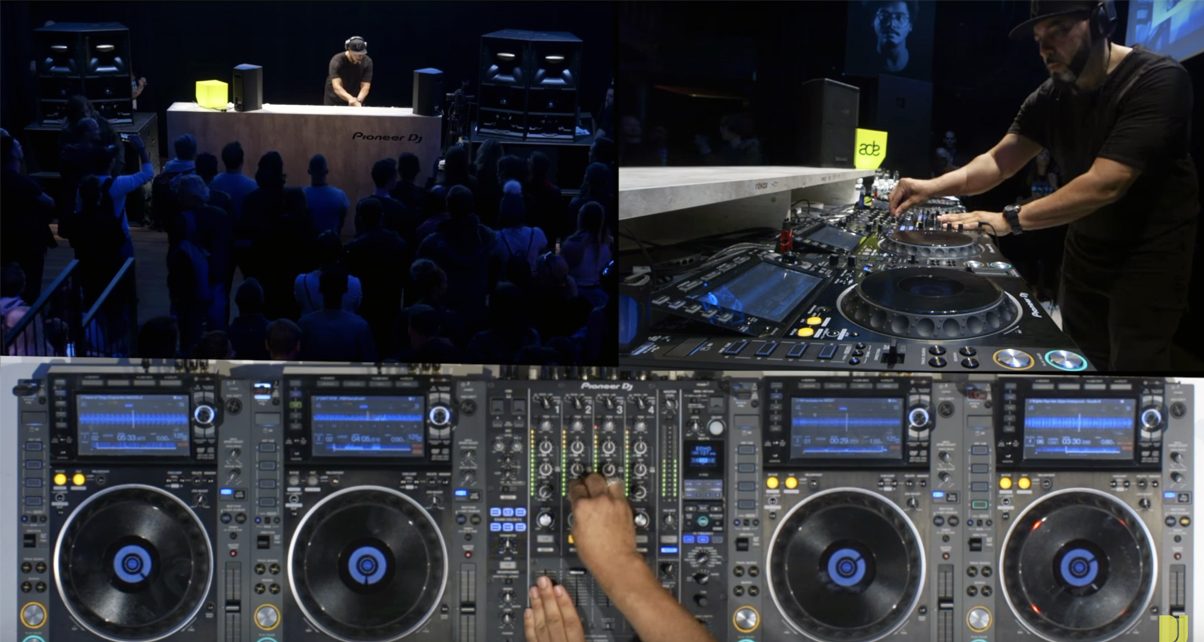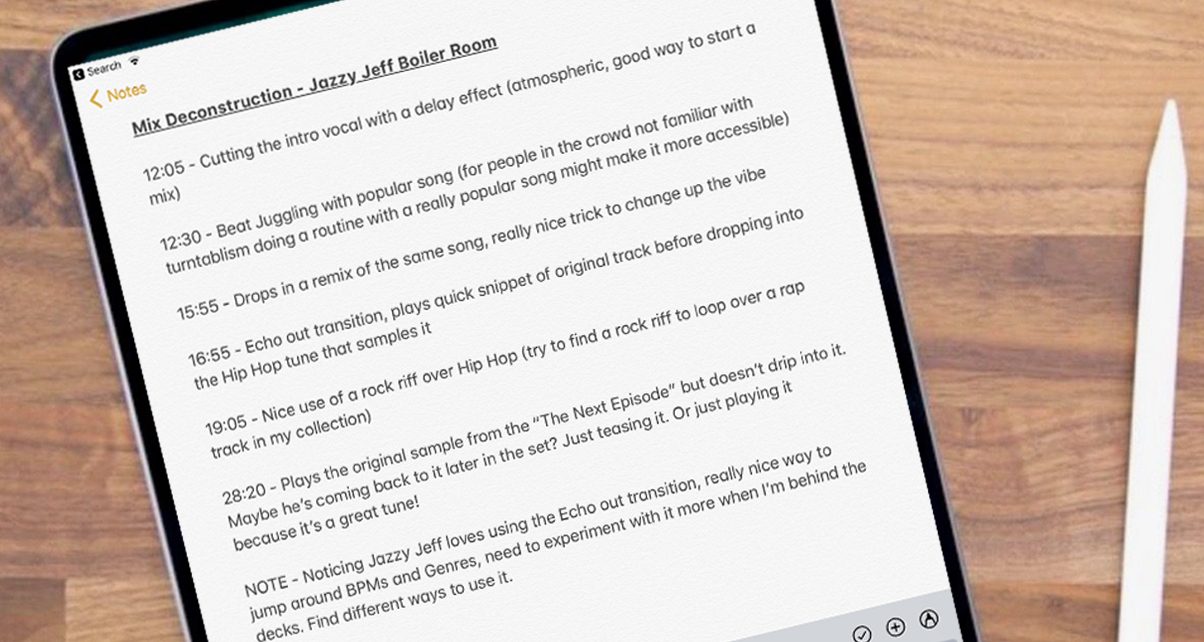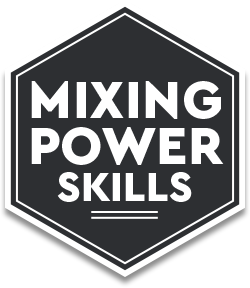
We show you how to pick apart a DJ mix so you can learn new tips and tricks that you can add to your DJ toolbox.
17 MAY, 2018
We’ve written previously on how copying other DJs can unlock your own creativity but what we haven’t dived into is how you’re meant to go about doing it. Figuring out another DJ’s mixes is a great way to learn how to put together your own, but if you’ve ever sat down to try and “cop” a complicated mix technique it can quickly become frustrating.
Where do you start? And once you’ve learned the tricks, how do you make it usable for your own sets? While it’s fine to borrow the odd transition here and there from other DJs, you can’t just go and play someone’s entire set trick for trick – that’s not the spirit of things at all.
I’m going to show you exactly how you can break down your favorite mixes and how you can go one step further and create your own versions of them to play out.
1. Pick a mix to deconstruct

The first thing to do is pick a DJ who you know has some tricks you’d love to learn, and try finding a good quality video of them performing (DJ Sounds on YouTube or Boiler Room are good places to start). Videos are great because often you’ll be able to see their hands on the mixer and decks and that makes working out what they’re doing much easier than just listening.
These videos can either be a short “megamix” routine or long-format mixes done for a DJ channel or podcast. Megamixes are a great way of learning how to put together a short set and usually require a high level of concentration and commitment to learning, whereas longer mixes tend to be a goldmine for little tricks and techniques you can learn to add some flavor to your transitions.
For this article, we’ll use a Boiler Room performance by DJ Jazzy Jeff as an example. You can watch the entire performance below after reading this article.
2. Put away your gear and focus
Maybe you’re not as easily distracted, but don’t take any chances. What starts off as a focused practice session ends up with you just waffling for an hour and not trying anything new. Whenever I sit down to do some mix deconstructions, I always have my equipment switched off and out of sight. This helps me get into the right mindset – one of watching and learning rather than getting distracted by my shiny DJ controller.
3. Make notes and don’t get distracted

Now it’s time to watch the video and to make notes of everything interesting that you want to work out. This can be whole transitions you want to break down, little tricks the DJ uses to spice up breaks and drops, styles that mix well together or even just songs you like and want to check out (kill two birds with one stone, why not?). I also like to include timings for the transition or tricks so they’re easy to jump back to.
4. Recreate the techniques using the same songs
Reconstructing what you’ve seen and heard will help you better understand the techniques and concepts. This will help you apply them to your own mixing style, letting you put your own spin later on. This is how “copying” another DJ can eventually lead you to develop your own set of unique tricks.
The first thing you have to do is find the same songs. If it’s a YouTube video, then the comments section is a good place to start as people often post setlists. Make sure you get the correct version of the song as DJs love using remixes and sometimes the mix in question will only work with a remixed version of the tune. Shazam is another useful tool for finding the right tracks.
After that, it’s just a case of taking it slowly and working out what the DJ is doing. If you’ve got a good view of the decks this is much easier, and sites such as Vimeo and Youtube usually have controls so you can slow down the clip. This helps massively when you’re dealing with the quick switching on and off of effects or fast cutting.
Watch the video at least three times: First so you can figure out the mix in and mix out sections of all the tunes (it’s worth adding cue points so you have visual reminders). Next, check where the DJ places loops in the tracks if any. Third, keep an eye out for EQing and effects.
5. Create your own tricks
This is the part that people often get stuck on but it doesn’t have to be complicated. All you’re doing is working out why a mix works. Jumping back to the Jazzy Jeff performance and the notes I made: The first trick I picked up on is him teasing the intro vocal to the song “Happy”, he applies an Echo effect and chops it up as an introduction. The reason this works is because the vocal at the start of Happy is isolated (so he can cleanly cut the vocal in without a kick drum or other instruments that might sound muddy with a heavy delay effect) and it’s well known (you might not recognise it at first but the minute he drops it in full you definitely do).
All I have to do is find a similar track in my collection and apply the same principle. After a couple of seconds, I come across the track Definition by Blackstar. I always start with the bit every hip-hop fan knows “Looooooord, Lord have mercy!” and so now when starting a set I can use the same trick. I’ve taken something from Jazzy Jeff but made it my own.
Another quick example: I’ve made a note that at 15:55 Jazzy Jeff plays a track and then transitions to a song that samples from it. This is a nice way to tease a song and also provide a bit of an education to the audience. Again all I have to do is apply the same principle to a song in my collection.
Moving away from hip-hop, a few short seconds in my library and I come across the classic One More Time by Daft Punk. The original is a song called More Spell On You by Eddie Johns, now all that’s left to do is find a nice way to transition from one to the other and again I’ve taken something and made it my own meaning I can be proud to play what I’ve come up with in public and use it to rock the crowd!
Finally…

Listening to professional DJ mixes and breaking them down is a fantastic way to get better and spur on your own creativity. There’s never been more videos and online tutorials to learn from, and deconstructing DJ mixes is another learning tool you can use to take your DJing to the next level.
 How YOU can do this today.
How YOU can do this today.Performance Video
What techniques do you use to learn tricks from other DJs? Any tips you’d like to share? Do so below.





